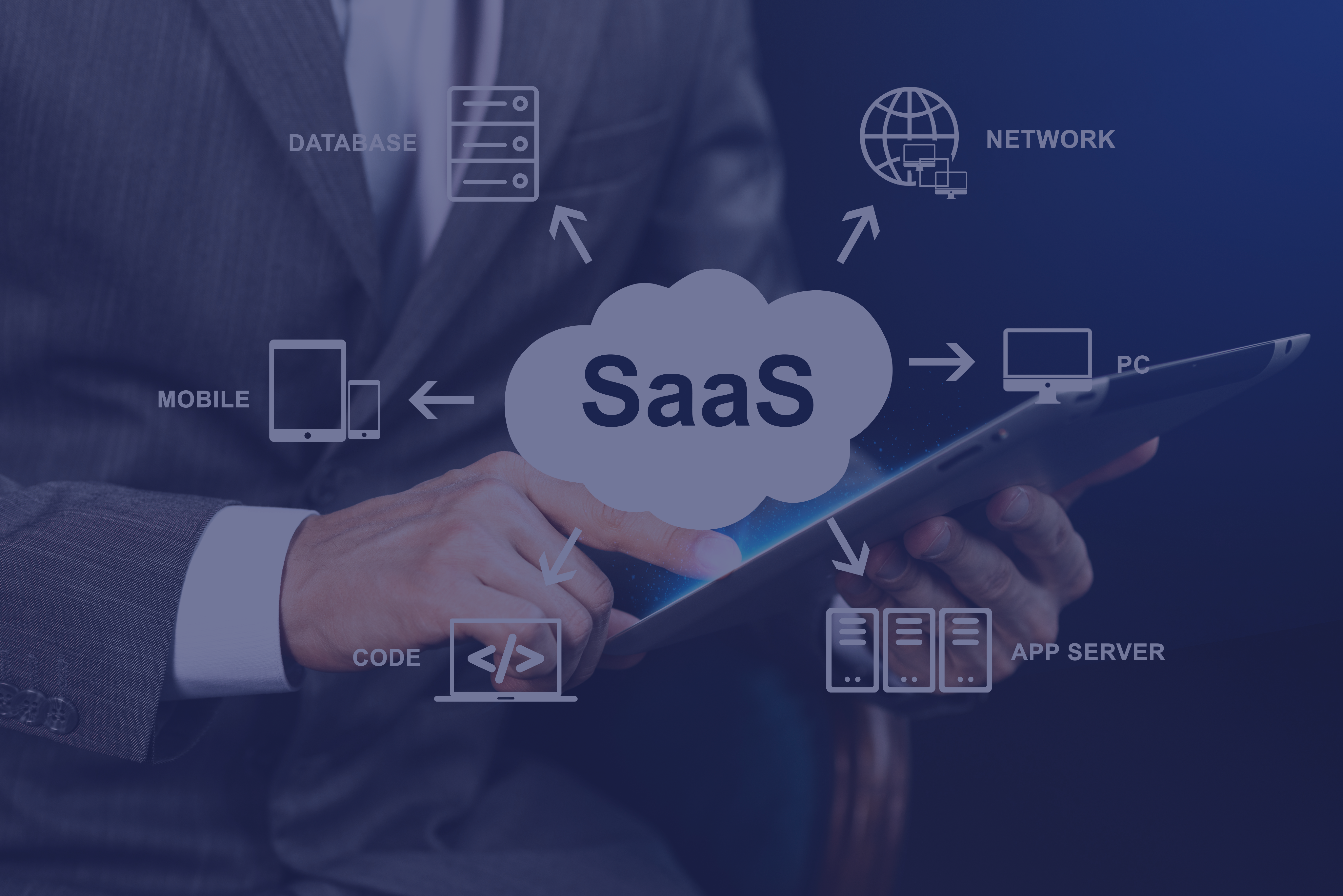The Software-as-a-Service (SaaS) industry is booming, with businesses across the globe increasingly relying on cloud-based solutions to streamline operations and drive growth. However, while the opportunities are immense, the road to long-term sustainability in the SaaS space is fraught with challenges. Many SaaS businesses fail not because of a lack of vision but due to technological and operational missteps that undermine their growth and stability.
Here’s a quick rundown on how to dodge common pitfalls for tech businesses.
Investing in the Right Talent & Structure
Many SaaS companies underestimate the skills they need. In the race to launch products quickly, they tend to overlook the importance of hiring the right talent and building the right structure – however minimal it may be. A skilled workforce is your greatest asset in driving growth and innovation. Beyond the full stack coders, you need security experts, quality assurance pros, platform ops engineers and UX specialists. Hiring the right mix early on prevents growing pains and sets a foundation for innovation.
How to Achieve This –
- Build a diverse team with expertise in key areas like development, design, security, cloud and data analytics. Invest in ongoing training programs to keep your team updated on the latest technologies and practices.
- Structure your team to have separation of support & development while shared technical leadership to enable effective collaboration and feedback loops.
- Partner with external consultants or agencies when in-house expertise is unavailable.
Solid Planning & Clear Requirements
Starting without a comprehensive plan is like building on sand. Clear, detailed requirements help you avoid surprise pivots later on. This is a discipline many tech startups lack. The root cause tends to be leaders with reactive behavior patterns which tends to take away from the focus you need on things you need it on.
When everything is a priority, nothing is a priority.

Investing time upfront in mapping out the product roadmap, features, and milestones ensures you’re not constantly playing catch-up. Having well thought out requirements also mean fewer communication gaps between the product and engineering folks.
Security from the Start
Treating security as an afterthought can spell disaster. Prioritize data protection and regulatory compliance right off the bat. Integrate robust security practices into your development lifecycle to build trust and safeguard your business.
Minimal security practices for SaaS
- Implement robust security measures like encryption, multi-factor authentication (MFA), and regular vulnerability assessments.
- Include secure design principles in your Definition of Done. This enables design reviews which leads to good quality security conversations.
- Use security assessment tools in continuous integration or delivery pipeline e.g. SAST, detecting vulnerable dependencies, detecting secrets in code.
- Stay compliant with industry standards such as GDPR, HIPAA, or SOC 2.
- Threat modelling to identify, enumerate & prioritize structural vulnerabilities from a hypothetical attacker’s point of view. Threat modeling answers questions like “Where are the high-value assets?”, “Where am I most vulnerable to attack?”, “What are the most relevant threats?”, and “Is there an attack vector that might go unnoticed?
It is quite important to follow a risk-analysis approach for assessing & managing any security risks identified from these practices. By prioritizing security, you safeguard not just your customers but your entire business.
Regular Upgrades & Updates
Technology evolves quickly, and so should your SaaS platform. Regular updates not only keep your system current but also ensure compatibility with new tech standards and evolving customer needs. Don’t wait until your platform is outdated!
- Adopt a forward-looking approach by staying informed about emerging technologies that could benefit your product.
- Regularly audit your technology stack to identify outdated components. This can be done by including a step for this within the continuous delivery pipeline and adding identified inventory to the backlog.
Upgrading isn’t just about staying current—it’s about staying competitive.
Managing Technical Debt Actively
Technical debt is like hidden clutter that slows you down over time. The biggest challenge why tech business allow technical debt to pile up is lack of visibility.
A simple solution is a technical debt dashboard which represents the overall size of technical debt to all stakeholders in terms of the effort required to fix it. This requires a few things –
- Putting all technical debt, when created or identified, into the backlog and label it as such. This could be by the developer when they decide to cut a corner as well as reports from various code analysis tools – coding practices, vulnerabilities, outdated versions etc.
- Estimating these items.
- Building a small JIRA (or similar) dashboad to create visibility of it.
- Review it every sprint planning.
Rigorous Testing & Quality Assurance
Thorough testing is the backbone of reliability. Rushing products to market without rigorous testing often results in bugs, crashes, and poor performance—all of which can alienate users. Quality assurance (QA) is not just a step in the process; it’s an ongoing commitment.
Implement comprehensive quality practices including automated tests and code reviews. This reduces bugs and minimizes downtime, which is critical for retaining customers.
How to Achieve This
- Implement automated testing frameworks for continuous integration/continuous deployment.
- Have a QA team (can’t believe I have to say this) and let their focus be exploratory testing instead of test steps. The QA team & automation in testing should be complimentary.
- Conduct performance testing under real-world conditions.
- Involve end-users in beta testing programs for valuable feedback.
A well-tested product not only reduces churn but also builds customer loyalty through reliability.
Prioritize Instrumentation
No matter how robust your platform is, if your users can’t navigate it smoothly, they won’t stick around. Its important to have good instrumentation and monitoring across the board to capture the issues when they happen and to be able to respond to the situation quickly to delight the users.
Have 360-degree observability – logs, metrics, transaction traces complimented with user analytics tools to monitor user behavior.
Continuously gather feedback from customers through surveys or interviews.
Final Thoughts
In short, long-term success in SaaS isn’t just about initial innovation—it’s about continuous improvement, meticulous planning, skilled execution, and constant vigilance across multiple dimensions.
By prioritizing these areas proactively, you can build not just a successful SaaS product but a sustainable business that thrives in an ever-changing technological landscape. Remember—sustainability isn’t about surviving today; it’s about thriving tomorrow!
Written By: Anurag Setia









